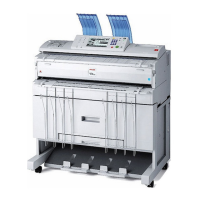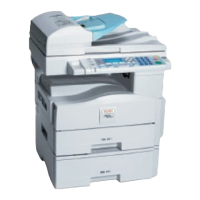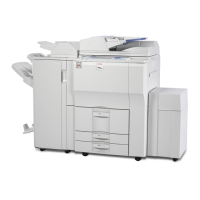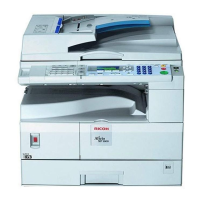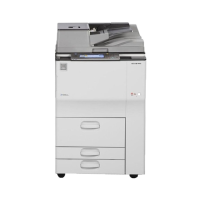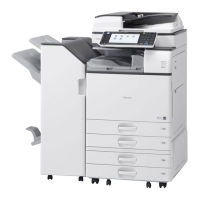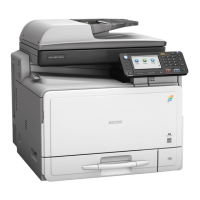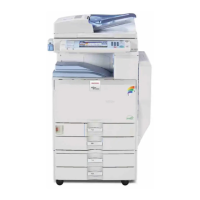When user authentication is set, enter a login user name and password.
3. When printing a binary file, set the file mode to binary.
ftp> bin
When printing a binary file in ASCII mode, print may not come out correctly.
4. Specify files to be printed.
The following shows the examples of printing a PostScript file named "file 1" in the "C:\PRINT"
directory and printing file 1 and file 2.
ftp> put C:\PRINT\file1 filetype=RPS
ftp> mput C:\PRINT\file1 C:\PRINT\file2
5. Quit ftp.
ftp> bye
• "=", ",", "_", and ";" cannot be used for filenames. File names will be read as option strings.
• If you are using ftp, you cannot specify an option using the "mput" command.
• If you are using ftp, you cannot specify an option using the "pwd" command.
• If you are using sftp, you cannot specify an option using the "cd" command.
• If you are using sftp, you cannot specify an option using the "pwd" command.
• To use SFTP, you must create an open key for SSH communication. Use Web Image Monitor to create
an open key. For details, see Web Image Monitor help.
• If personal authentication (Basic, Windows, LDAP, or Integrated Server Authentication) is enabled,
only authenticated users (users authenticated by login user name and password) can log in.
• For "mput" command, "*" and "?" can be used as wild cards in file names.
• When printing a binary file in ASCII mode, print may not come out correctly.
• For details about login user name and password, see Security Reference, which is the administrator's
manual.
6. Special Operations under Windows
260

